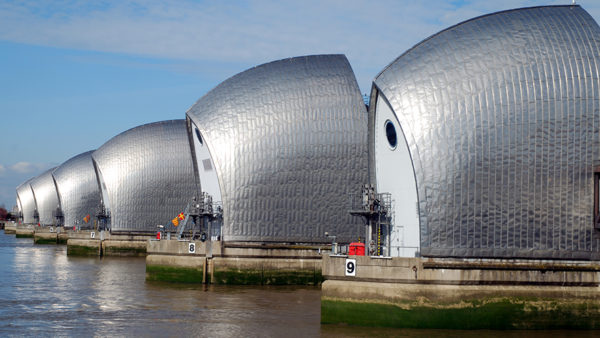Contractor GF Tomlinson has installed a network of wireless smoke and fire detectors in Nottingham City Castle, as part of its £30m renovation.
The bespoke alarm system from Ramtech features EN54-compliant sensors connected to Ramtech’s REACT system.
There were 365 fires attended by emergency services on construction sites in England between April 2018 and March 2019 according to Home Office figures – an increase of 333 from 2014/15.
Historical sites, including castles, are often more challenging to protect. It can be difficult to pinpoint where a fire has broken out – Nottingham Castle for instance, built in 1068 by William the Conqueror, has a series of tunnels running underneath it. Ramtech’s addressed this issue by setting up a network of wireless smoke and fire sensors, with no need for external power, as well as manual alarms.
These sensors were connected to the REACT software system, which monitors the data day and night, and feeds reports back to the site manager. In the event that smoke or fire is detected, or a manual alarm is triggered, the local fire services are immediately alerted.
Because this was a heritage site, workers were not allowed to drill into the walls. And high ceilings meant the automatic WES3 sensors couldn’t be installed at that height, so Ramtech installed telescopic poles with the detectors mounted on the top.
Ramtech managing director Andy Hicks said: “Ensuring the heritage of Nottingham Castle was preserved, as well protecting the lives of construction workers, was key. However, safeguarding 953 years of history from the risk of fire during a significant refurbishment was a challenging undertaking, especially as the castle site is particularly complex.”
Hicks added that heritage buildings such as Nottingham Castle are “irreplaceable, like the lives of those working on site”. An additional benefit of the Ramtech system, Hicks said, was preventing delays, as fires stop projects being delivered on time and incur extra costs.
Ramtech worked with Nottingham City Council and Nottingham Castle Trust on the project. The trust’s chief executive Sara Blair-Manning said: “The Ducal Palace and its grounds posed a complex site that had to be considered not only in relation to personnel safety, but ultimately the protection of over one thousand years of history.
“The completion of the renovation safely and on time has allowed us to open as soon as COVID restrictions have allowed and to finally unveil unique treasures that will secure Nottingham as a global tourism destination.”
Related articles
- Cladding fire detection sensor undergoes testing
- Balfour Beatty makes concrete savings in HK with BIM-friendly concrete sensor
- Amey installs sensors in bins as part of Sheffield’s ‘smart city’ initiative
Top image: Nottingham Castle (Dreamstime)











